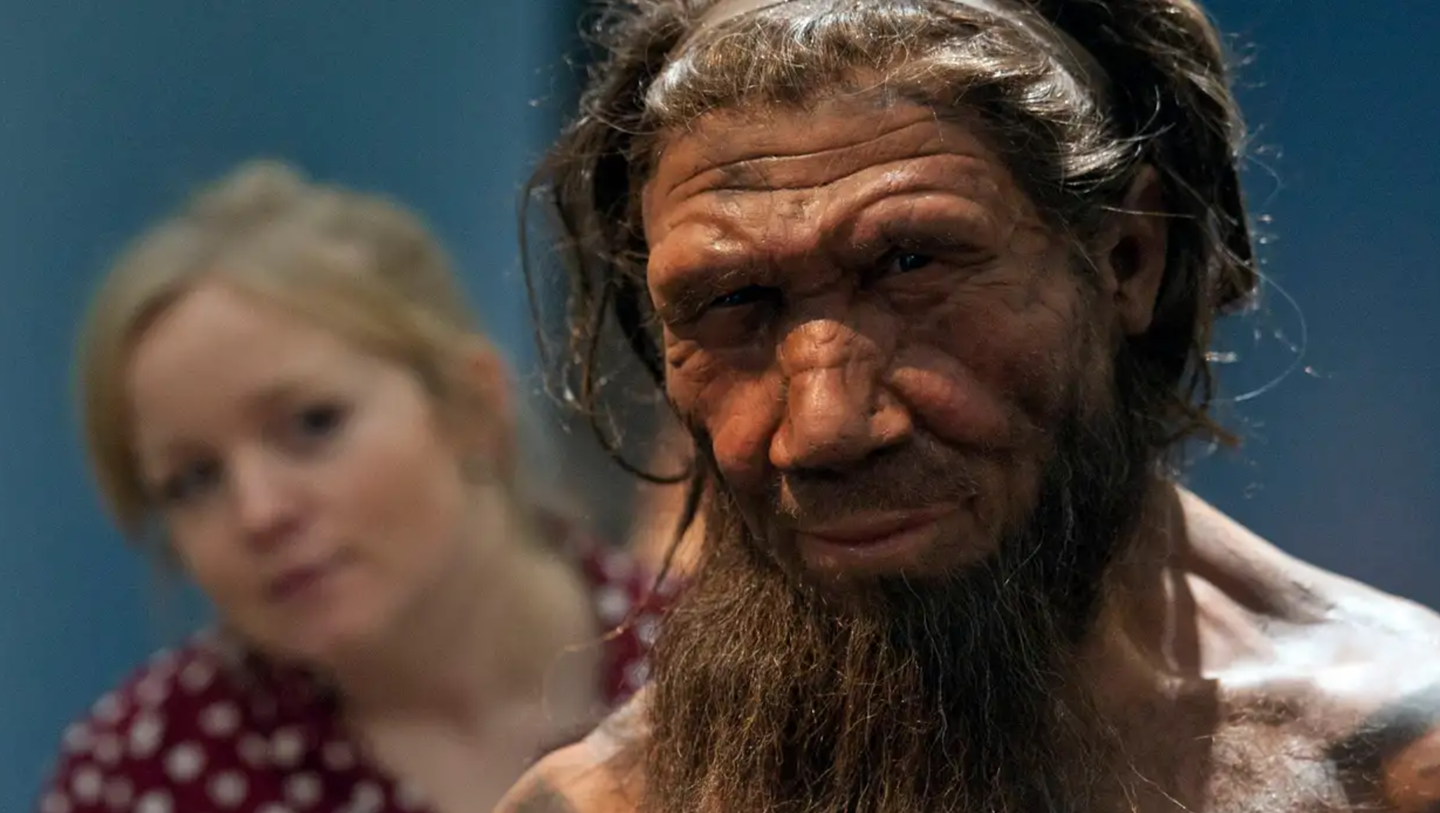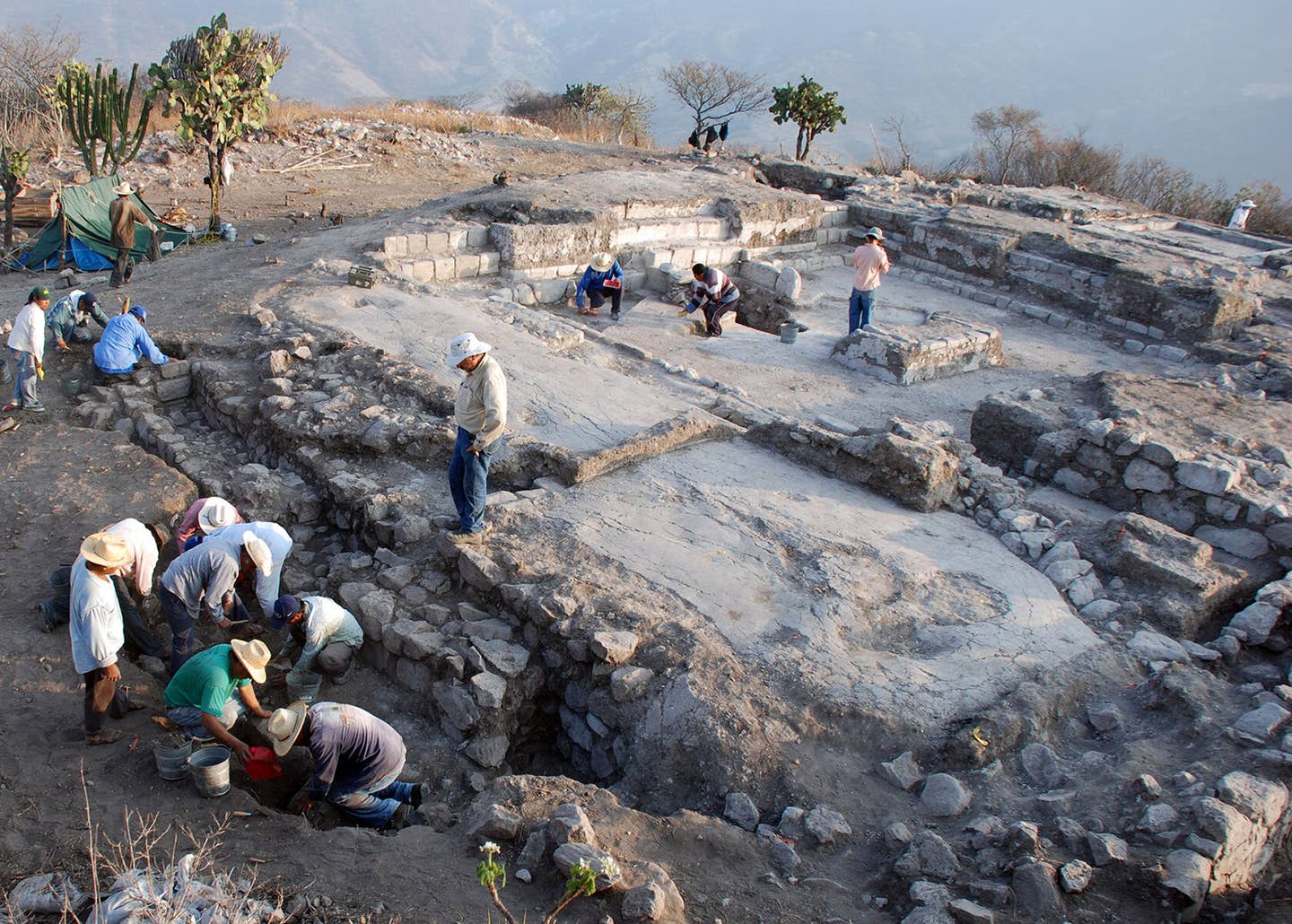Ancient Neanderthal gene makes humans more sensitive to pain, study finds
Scientists have unveiled how three Neanderthal gene variants play a pivotal role in making some individuals more sensitive to pain.

Scientists have unveiled how three Neanderthal gene variants play a pivotal role in making some individuals more sensitive to pain.(CREDIT: Creative Commons)
In a groundbreaking study co-led by researchers from University College London (UCL), scientists have unveiled how three Neanderthal gene variants play a pivotal role in making some individuals more sensitive to certain types of pain.
These findings, published in Communications Biology, offer fresh insights into the enduring impact of Neanderthal interbreeding on the genetic makeup of modern humans.
The focus of this study was on the SCN9A gene, which is associated with sensory neurons responsible for detecting signals from damaged tissue. Specifically, the research honed in on three Neanderthal variants within SCN9A: M932L, V991L, and D1908G.
Prior to this investigation, while it was known that humans carrying all three variants exhibited heightened pain sensitivity, the specific sensory responses influenced by these variants remained a mystery.
Related Stories:
An international team of scientists, hailing from UCL, Aix-Marseille University, University of Toulouse, Open University, Fudan University, and Oxford University, undertook the ambitious task of measuring the pain thresholds of 1,963 individuals in Colombia in response to various stimuli. The results were enlightening.
The SCN9A gene codes for a sodium channel that is primarily expressed in sensory neurons, enabling the detection of signals stemming from damaged tissue. Within the Colombian population, the D1908G variant was found in approximately 20% of chromosomes, and of those, nearly 30% also carried the M932L and V991L variants.
The crucial discovery revealed that individuals harboring all three Neanderthal variants experienced a lower pain threshold when subjected to skin pricking following prior exposure to mustard oil. Remarkably, this heightened sensitivity was specific to skin pricking and did not manifest in response to heat or pressure. Moreover, the study emphasized that individuals carrying all three variants exhibited greater pain sensitivity compared to those carrying only one.
Frequency of the D1908G, V991L and M932L Neanderthal variants in SCN9A chromosome segments of Native American, European and African ancestry. (CREDIT: Communications Biology)
Taking their investigation further, the researchers turned to genetic data from 5,971 individuals in Brazil, Chile, Colombia, Mexico, and Peru. Here, they uncovered a notable trend: the prevalence of the three Neanderthal variants was more significant in populations with higher proportions of Native American ancestry. For instance, in the Peruvian population, where the average proportion of Native American ancestry stood at 66%, these variants were particularly prevalent.
The researchers postulate that these Neanderthal variants could heighten the sensitivity of sensory neurons by modifying the threshold at which nerve impulses are generated. They also suggest that the variants' prevalence in populations with higher Native American ancestry might be a result of historical factors, including random chance and population bottlenecks during the initial colonization of the Americas.
Neanderthal introgression around SCN9A and association with mechanical pain threshold after sensitization by mustard oil (POST_MPT) in the QST cohort. (CREDIT: Communications Biology)
However, it remains a subject of ongoing research to determine whether carrying these variants and experiencing greater pain sensitivity may have conferred evolutionary advantages.
Dr. Kaustubh Adhikari, co-corresponding author and researcher at UCL Genetics, Evolution & Environment and The Open University, reflected on the broader implications of these findings. He noted, "In the last 15 years, since the Neanderthal genome was first sequenced, we have been learning more and more about what we have inherited from them as a result of interbreeding tens of thousands of years ago."
Total number of Neanderthal alleles at D1908G and V991L-M932L, and mechanical pain threshold after sensitization with mustard oil. (CREDIT: Communications Biology)
Dr. Adhikari went on to highlight the significance of pain sensitivity as an essential survival trait, allowing humans to avoid potentially harmful situations. "Our findings suggest that Neanderthals may have been more sensitive to certain types of pain," he explained. "But further research is needed for us to understand why that is the case, and whether these specific genetic variants were evolutionarily advantageous."
Dr. Pierre Faux, the study's first author, who is affiliated with Aix-Marseille University and the University of Toulouse, emphasized that genes are just one component influencing pain perception. He pointed out that environmental factors, past experiences, and psychological aspects also play significant roles in how pain is perceived and managed.
Five types of association tests of Neanderthal ancestry in the SCN9A region with mechanical pain threshold after sensitization with mustard oil. (CREDIT: Communications Biology)
This groundbreaking research underscores the enduring legacy of our ancient Neanderthal relatives in shaping our modern genetic landscape. It demonstrates how the genetic code can influence pain perception and sensitivity, shedding light on a trait crucial for human survival.
While these findings provide valuable insights, they also serve as a reminder that human biology is a complex interplay of genetic and environmental factors, shaping our unique experiences of the world around us.
For more technology news stories check out our New Discoveries section at The Brighter Side of News.
Note: Materials provided above by The Brighter Side of News. Content may be edited for style and length.
Like these kind of feel good stories? Get the Brighter Side of News' newsletter.
Joshua Shavit
Science & Technology Writer | AI and Robotics Reporter
Joshua Shavit is a Los Angeles-based science and technology writer with a passion for exploring the breakthroughs shaping the future. As a contributor to The Brighter Side of News, he focuses on positive and transformative advancements in AI, technology, physics, engineering, robotics and space science. Joshua is currently working towards a Bachelor of Science in Business Administration at the University of California, Berkeley. He combines his academic background with a talent for storytelling, making complex scientific discoveries engaging and accessible. His work highlights the innovators behind the ideas, bringing readers closer to the people driving progress.



